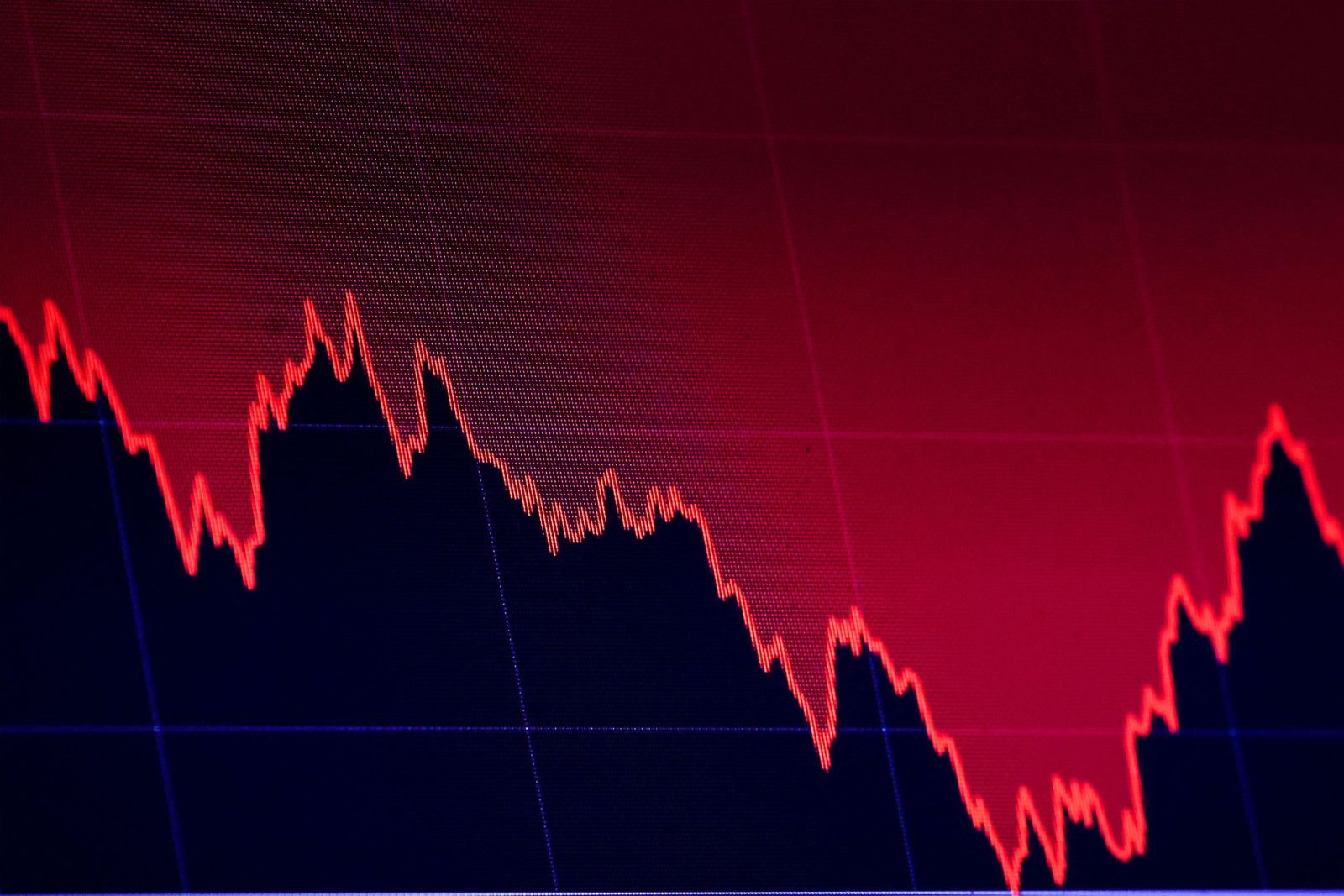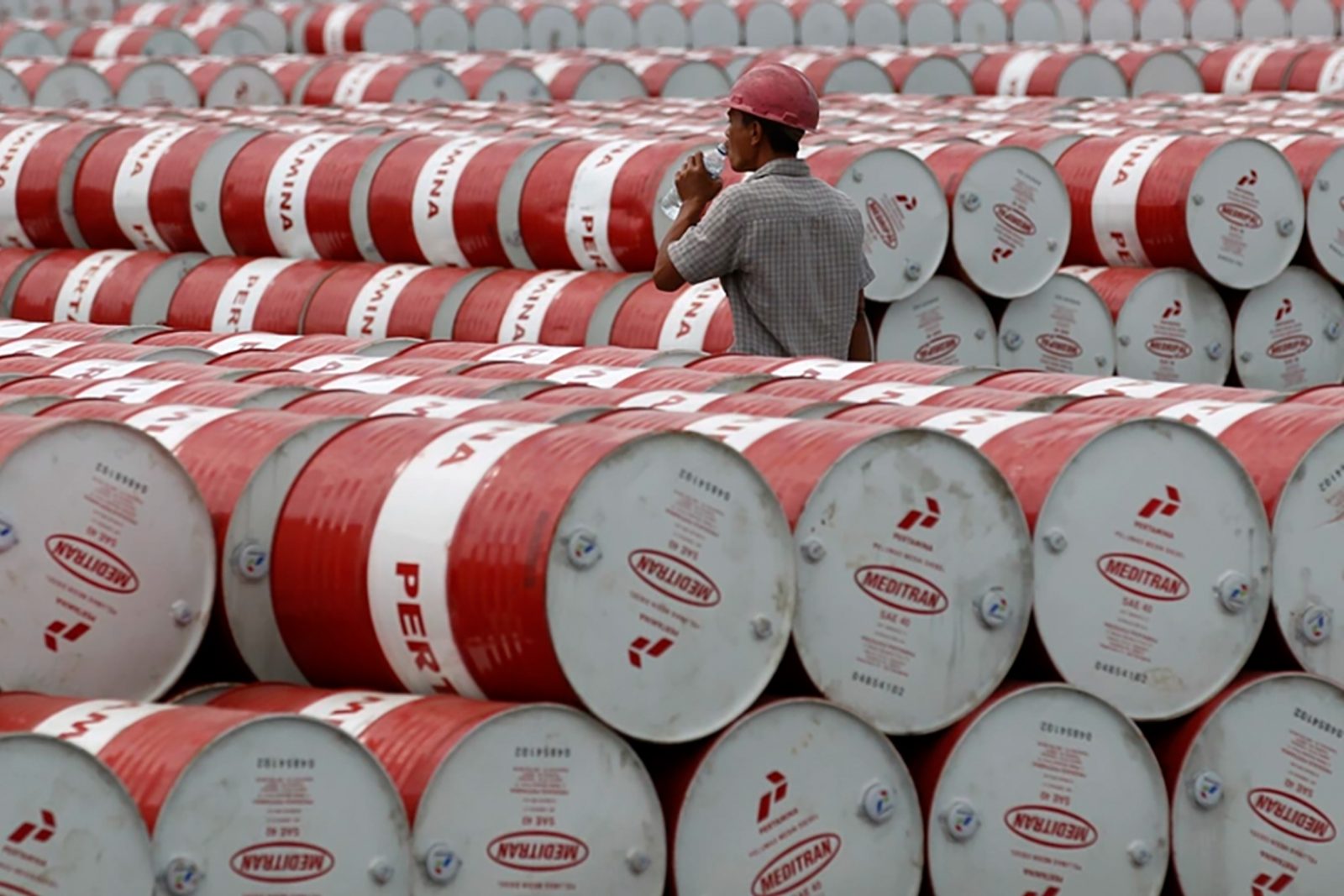Carnassie Fund: A devastating trading loss that serves as a lesson


Carnassie Fund: A devastating trading loss that serves as a lesson
Last week, a hedge fund’s substantial losses grabbed headlines in the US business and investment media. This time, there was no sensationalism or media hype; the losses were genuinely significant. In a span of roughly three weeks, the Carnassie Fund incurred staggering losses, virtually wiping out its entire capital. It may sound astonishing—how could a fund lose all its money in just three weeks? But it happened.
At the start of 2015, the Carnassie Fund managed approximately $60 million (around Rs 368 crore) in investor funds. However, after a series of devastating losses, its assets dwindled to a mere $200,000 (approximately Rs 1.2 crore) by last week. This equates to a staggering loss of 99.7% over a mere 15 days of trading. Even during the darkest days of the 2007-08 financial crisis, no fund reported such astronomical losses.
There are several key takeaways from the Carnassie Fund debacle that should interest Indian investors. Firstly, it’s important to note that this was a hedge fund. Hedge funds, especially those in the US, differ significantly from mutual funds. Hedge fund managers charge a management fee, typically ranging from 2-3%. However, they also claim a substantial portion of the profits, often in the range of 15-25%. Additionally, they deduct these fees annually, effectively skimming profits off the top.
This fee structure implies that they share in customers’ profits but not in their losses, creating an incentive to take substantial risks to generate profits since they don’t bear the losses. Increased risk can lead to occasional substantial profits, aligning with the hedge fund’s business interests. In this regard, hedge funds are akin to portfolio management schemes in India, which often adopt a “heads I win, tails you lose” fee structure, commonly seen in the portfolio management schemes offered by banks and brokerages.
Owen Li, the fund’s manager, provided an explanation that sheds light on the situation. He stated in a letter to investors that he had executed a series of aggressive transactions in an attempt to compensate for poor performance in December. Li’s strategy involved betting on stock price options, assuming that markets would rise when they actually fell, resulting in significant losses. The real issue here wasn’t the incorrect bet, something many investors experience, but the aggressive use of options. It’s a stark reminder that derivatives can be extremely risky for investors who don’t fully comprehend them—this is a lesson that applies not only in the US but also in India.
Get back to Seikum News 🤓




